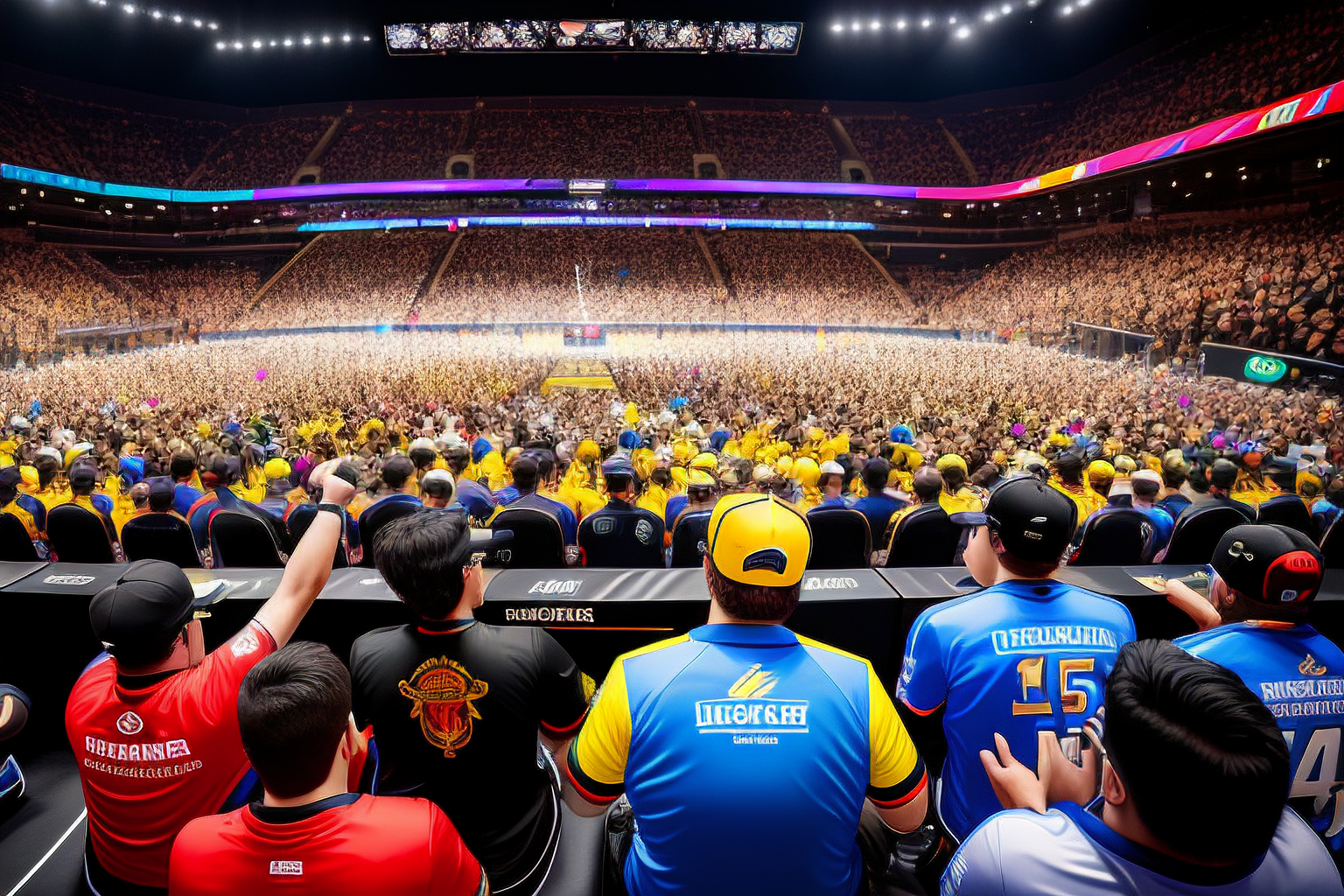Best Browser Games Featuring Real-World Locations
Ever felt like your gaming experience was missing that *extra spark*? Something that pulls you deeper into the virtual world? Well, browser games that include real-world locations do just that. They bring familiar places right to your screen, making the game feel more alive and personal. Imagine wandering through the bustling streets of New York or gazing at the Eiffel Tower, all without leaving your chair. It’s like a mini-vacation mixed with a thrilling challenge.
What makes these games truly stand out is how they blend the excitement of gaming with the comfort of recognizable landmarks. You don’t just play a game—you explore iconic cities, historic sites, and stunning landscapes that you might have only seen in photos or movies. This combination creates a unique vibe that’s hard to find elsewhere. It’s not just about the gameplay; it’s about the feeling of being somewhere real, even if it’s just pixels on a screen.
And here’s the kicker: these games often sneak in some learning without you even realizing it. You get to know the layout of famous places, their culture, and sometimes even their history. It’s like having a guidebook tucked inside your game. Plus, the familiarity of these locations can make the game easier to navigate, keeping frustration low and fun levels high.
So, why settle for generic maps or fantasy worlds when you can dive into games that bring the real world to life? Whether you’re a history buff, a travel lover, or just someone looking for a fresh gaming twist, browser games featuring real-world locations offer a thrilling way to connect with the world around you—no passport needed.
Top Browser Games with Iconic Cityscapes
Have you ever wanted to stroll through the bustling streets of New York or admire the Eiffel Tower without leaving your chair? Well, some browser games make that possible by recreating famous cityscapes with stunning detail. These games don’t just throw in random buildings; they carefully craft environments that feel alive and familiar, pulling you right into the heart of iconic locations. Imagine weaving through the narrow alleys of Venice or racing past the neon lights of Tokyo — all from your browser.
What makes these games stand out is how they capture the essence of each city. The skyline silhouettes, the unique architecture, even the vibe of the streets are all part of the experience. It’s like having a mini world tour at your fingertips. And the best part? You don’t need a powerful PC or a console. Just a browser and a bit of curiosity.
Some popular examples include games that feature:
- London’s historic landmarks, from the Tower Bridge to the London Eye, letting players explore the city’s rich heritage.
- San Francisco’s hilly streets and the Golden Gate Bridge, perfect for driving or exploration games.
- Parisian boulevards with charming cafés and the unmistakable silhouette of the Eiffel Tower, adding romance to any adventure.
These games often blend exploration with challenges or missions, making the cityscape more than just a backdrop. It becomes part of the gameplay, encouraging you to learn about the place while having fun. Plus, the visuals are usually optimized for smooth play, so you get that immersive feeling without lag.
In short, browser games with iconic cityscapes offer a unique mix of travel, history, and entertainment. They make you feel like a virtual tourist, discovering new corners of the world without packing a suitcase. So next time you want to escape, why not take a quick trip through one of these digital cities? It’s a fresh way to see the world — no plane ticket needed.
Benefits of Real-World Locations in Gaming
Ever wondered why some browser games just stick with you? It’s often because they bring something familiar to the table—real-world locations. When a game lets you stroll through a virtual version of Paris or navigate the bustling streets of Tokyo, it creates a connection that’s hard to beat. This familiarity sparks curiosity and makes the experience feel more alive. Suddenly, you’re not just playing; you’re exploring places you know or dream of visiting.
Using real-world locations adds a layer of authenticity that’s tough to replicate with purely fictional settings. It’s like having a map in your hands that you can actually recognize. This boosts immersion, making players feel like they’re truly part of the environment. The sights, sounds, and even the layout of these places can trigger memories or inspire new adventures, which keeps players coming back for more.
But there’s more than just fun and familiarity. Incorporating real places can sneak in some serious educational value. Imagine learning about the history of the Colosseum while dodging virtual gladiators or getting a feel for New York’s skyline as you solve puzzles. Games like these turn learning into an adventure, blending entertainment with knowledge in a way that feels natural and effortless.
Plus, real-world settings can enhance social interaction. When players recognize landmarks, it sparks conversations and shared experiences. It’s easier to bond over a digital stroll through London’s streets than a random fantasy world. This shared context creates a sense of community, making multiplayer games more engaging and meaningful.
Here’s a quick rundown of why real-world locations matter in browser games:
- Increased immersion: Familiar settings make the game world feel tangible.
- Emotional connection: Players relate better to places they know or want to visit.
- Educational perks: Learning through exploration feels less like a chore.
- Social bonding: Shared landmarks encourage player interaction.
In short, real-world locations are like the secret sauce in many browser games. They turn ordinary gameplay into something memorable, blending fun, learning, and connection in one neat package. So next time you dive into a game set in a city you recognize, remember—it’s not just a backdrop. It’s a bridge to a richer, more engaging experience.
How Developers Accurately Recreate Real Places
Ever wondered how those stunning browser games manage to capture the essence of real-world locations so perfectly? It’s not magic, but a blend of clever techniques and cutting-edge technology. Developers dive deep into research, gathering heaps of data — from satellite images to street-level photos — to build virtual worlds that feel authentic. Think of it like painting a detailed portrait; every brushstroke matters.
One of the key tools in their arsenal is photogrammetry. This technique involves snapping hundreds, sometimes thousands, of photos of a location from various angles. Then, special software stitches these images together to create a 3D model that’s incredibly lifelike. It’s like turning a pile of snapshots into a digital sculpture you can explore.
Another trick up their sleeve is the use of GIS (Geographic Information Systems) data. This helps developers map out precise layouts, elevations, and landmarks. It’s the digital equivalent of having a GPS guide to the city, ensuring streets, parks, and buildings sit exactly where they should. Without this, the virtual world would feel off — like a puzzle with missing pieces.
But accuracy isn’t just about visuals. Developers also focus on capturing the atmosphere — the sounds, lighting, and even the weather patterns of a place. Imagine wandering through a virtual Paris at sunset, hearing distant chatter and the soft hum of city life. These subtle touches make the experience immersive and believable.
Sometimes, developers collaborate with local experts or use crowd-sourced information to fill in the gaps. After all, no one knows a place better than the people who live there. This teamwork helps ensure that every corner, alley, and landmark feels just right.
Here’s a quick look at some of the main methods developers use to recreate real places:
- Photogrammetry: Turning photos into detailed 3D models.
- GIS Data: Mapping accurate layouts and geography.
- Sound Design: Adding authentic ambient noises.
- Lighting Effects: Mimicking natural and artificial light.
- Local Insights: Consulting experts and residents.
In the end, it’s this blend of technology, creativity, and local knowledge that breathes life into virtual worlds. So next time you explore a browser game featuring your favorite city, remember the incredible effort behind those digital streets — crafted with care to make you feel right at home.
Frequently Asked Questions (The title must be written in English.)
- Why do browser games use real-world locations?
Great question! Using real-world locations in browser games adds a layer of familiarity and excitement that virtual worlds often lack. Imagine exploring the bustling streets of New York or the historic alleys of Rome right from your browser. It makes the gaming experience more immersive and relatable, almost like taking a mini-vacation without leaving your chair.
- How accurate are these real-world recreations in browser games?
Developers strive to make these virtual locations as accurate as possible by using advanced mapping technologies, satellite imagery, and even photogrammetry. While it might not be a 100% perfect replica, the goal is to capture the essence and key landmarks of the place to give players a genuine sense of being there.
- Can playing these games help me learn about new places?
Absolutely! Many browser games featuring real-world locations double as informal educational tools. As you navigate through famous landmarks and cityscapes, you pick up interesting facts and cultural tidbits without even realizing it. It’s like a fun history lesson disguised as gameplay.
- Are browser games with real-world settings more demanding on my device?
Not necessarily. Browser games are designed to run smoothly on most devices, and while incorporating real-world locations might add some graphical complexity, developers optimize performance carefully. So, you can enjoy stunning cityscapes without your computer feeling like it’s about to explode!
- How do developers keep these games up-to-date with changes in real locations?
Keeping virtual worlds fresh is a constant challenge. Developers often update their games by integrating new satellite data, user feedback, and on-the-ground reports. This way, the virtual landmarks evolve alongside their real-world counterparts, keeping the experience dynamic and engaging.
- What makes browser games with real-world locations stand out from other games?
It’s the perfect blend of reality and imagination. These games let you roam through iconic places you’ve seen in movies or visited before, but with the freedom to explore and interact in ways real life doesn’t allow. It’s like having a magic carpet ride through the world’s greatest cities, all from your browser.


